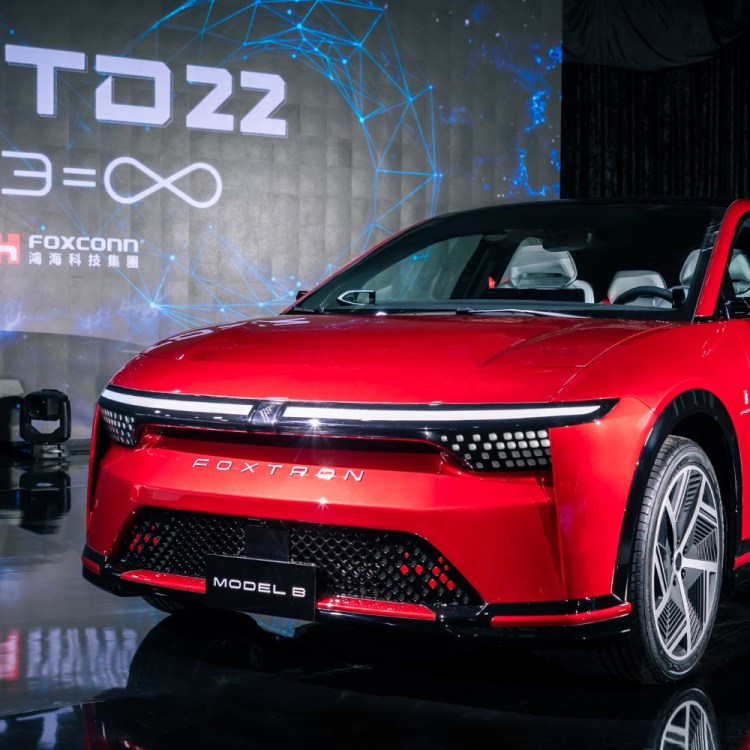Every now and then we look back on the past and come to realize we’ve made a regrettable mistake. Many who failed to invest in Bitcoin early may be holding their heads as it nears its highest price ever. Others assumed rolls upon rolls of toilet paper would come in handy during the pandemic. And then there’s Honda, the Japanese automaker that’s surely looking back on the Element wondering why it discontinued such a blissful SUV just as the market for adventure vehicles was set to explode.
Before boxy, compact SUVs such as the Kia Soul and Scion xB entered the market, there was the Element. A concept first designed in 1998 and later unveiled as the Model X (sorry, Elon), it represented an effort on Honda’s part to reach young, active drivers. Its squarish styling was inspired by a lifeguard station, its roofline curved to evoke the shape of a surfboard and the lack of aerodynamics stood in contrast to SUVs of the era, tempting youth that dared to be different.
Beyond the bi-parting front and rear doors, Honda’s guiding principles of a spirited, adventurous vibe extended to the Element’s most undervalued traits. There was the plastic flooring paired with stain-resistant seats, allowing you to wipe down every inch of its interior after a day of fun. The rear seats, meanwhile, could be removed in minutes to offer 75-cubic-feet of storage space for bikes, boards and gear. And passengers could even lay the front and rear seats flat, creating a suitable platform for a bed.


Earlier models of the Element featured quirks that appear unthinkable by today’s conservative automotive standards. The first model year featured a manual, removable sunroof over the cargo area where slender gear could poke out of the top. Then there was the ECamper, an aftermarket upgrade that replaced the original roof with a sleeping platform, not unlike a classic Volkswagen Westfalia. In more ways than one, the Element delivered a suite of functionality that made it original then and iconic today. But all the quirkiness and peculiarity weren’t meant to be.
You see, the Element was the right SUV at the wrong time. It rolled off the factory floor in 2002, when sedans still reigned supreme, only to be discontinued by 2011. Honda refreshed the design every so often, adding and subtracting trim levels that went so far as to embrace all-wheel drive. But over its lifespan, Honda sold a mere 325,000 Elements. By comparison, the Toyota RAV4 sold more units over three years during the same timeframe.
To make matters worse, the Element wasn’t falling into the hands of those young, active whippersnappers like Honda intended. Instead, its main audience consisted of adults that were buying the Element for their dogs, grocery trips and civilized weekend getaways. It didn’t help that the compact SUV was also competing with the bigger CR-V, one of many popular SUVs of the era that had better fuel economy and room for one more passenger.
And yet, for all the lackluster results of its production run, the Element has become something of a cult classic in recent years. Dog owners still praise its easy-to-clean interior, which won the car an award for its canine friendliness back in the day (Honda even rolled out an Element with a dog-friendly package to celebrate the achievement). Vanlifers outfit their interiors with beds and shelving to create a suitable home on wheels. Meanwhile, others have added lift kits for only a few hundred dollars that, when paired with a set of grippy tires, help the Element explore just about anywhere.

Pricing trends also suggest it’s growing in popularity: a 2003 Element, the original model, will set you back nearly $7,000 today on average. And the car itself is becoming harder to find. As it turns out, drivers love the easy handling, compact size, spacious interior and basic features that position the Element as a capable adventure vehicle.
Not long ago, rumors began circulating throughout the automotive world that suggested the prematurely canceled vehicle would return. A suspicious article tempted readers with the idea of a new Element that looked enticingly similar to the outgoing model, indicating that it would go on sale in the second half of 2020. As I’m sure you know by now, that never happened.
But that’s not to say it can’t. If Honda still has any soul left in its corporate bones, the automaker will rectify its mistake and bring back the Element. As the market for big, burly SUVs continues to swell, brands are going all-in with off-road packages, extra seats and luxury features galore. But by and large, most of us don’t really need all that nonsense. All we want is a fun, capable and even peculiar SUV that’s easy to love.
All we want is the Honda Element.
This article appeared in an InsideHook newsletter. Sign up for free to get more on travel, wellness, style, drinking, and culture.




















